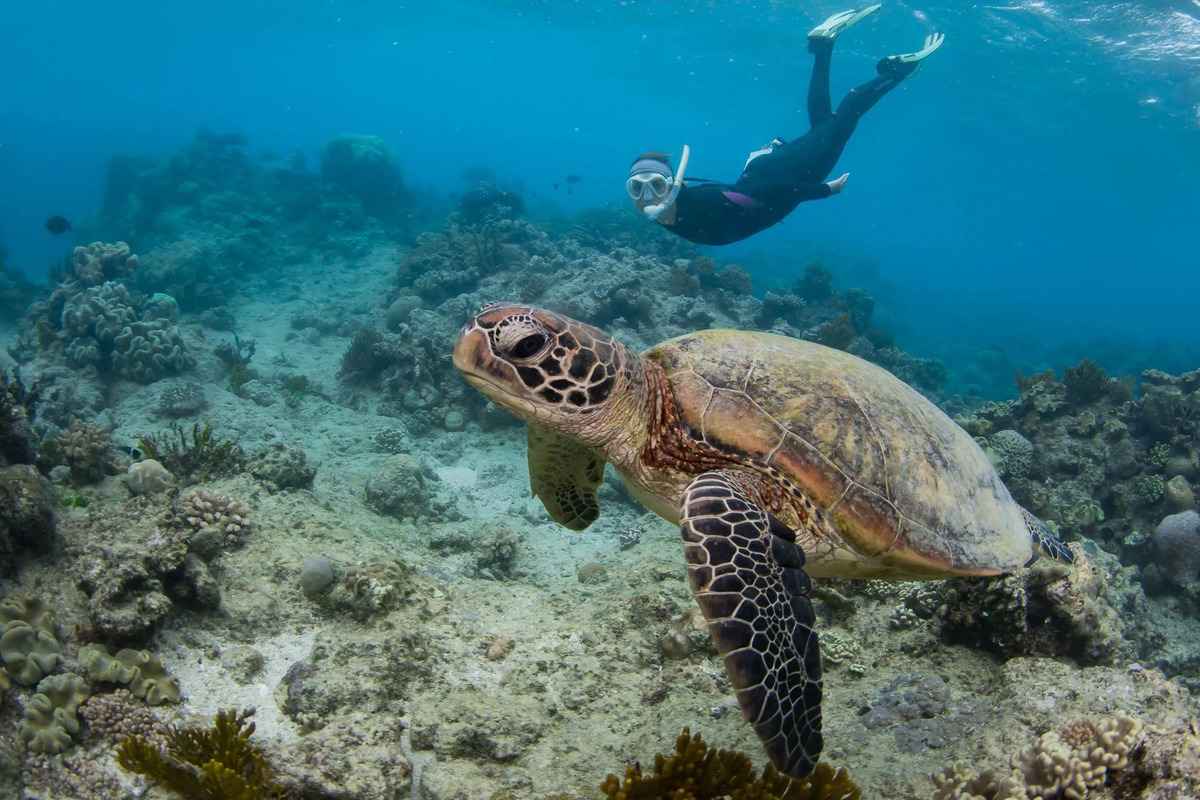Amid growing efforts to safeguard marine biodiversity, sea turtle conservation is emerging as a key indicator of both progress and gaps in current conservation strategies. Despite global commitments like the Kunming-Montreal Global Biodiversity Framework’s 30×30 goal, the reality paints a concerning picture: just 23% of sea turtle hotspots fall within Marine Protected Areas (MPAs), and of those, a mere 3% are effectively managed.
The 30×30 Ambition: Protecting Marine Life by 2030
At the heart of modern conservation is the 30×30 target—an ambitious international pledge to protect 30% of ocean ecosystems by 2030. While this vision is vital for safeguarding biodiversity and confronting climate change, it falls short when viewed through the lens of sea turtle conservation. Many of the most critical habitats for turtles lie outside protected zones, exposing these species to unrelenting threats.
Climate Change and the Shifting Range of Sea Turtles
As ocean temperatures rise, sea turtles are migrating to cooler waters. Unfortunately, these new habitats often lie outside designated MPAs and overlap with dangerous shipping routes. High-risk zones such as the North Sea, Mediterranean, and East China Sea are increasingly becoming hotspots for vessel strikes—posing serious threats to turtle populations.
What the Research Shows
A global study involving over 27,000 turtle sightings combined with ship tracking data revealed a stark reality: more than half of the known sea turtle hotspots could vanish by 2050. In extreme climate scenarios, some species may lose as much as 67% of their habitat. This evidence reinforces the need for adaptive, forward-thinking strategies in sea turtle conservation.
Evolving with the Ocean: Adaptive Strategies for a Moving Target
Conservation can no longer rely solely on static marine reserves. Experts are calling for dynamic, data-driven approaches that respond to real-time changes. Drawing inspiration from whale protection initiatives, adaptive systems could regulate vessel speeds in turtle migration corridors—dramatically reducing the risk of collisions.
Charting a Path Forward
To meet the 30×30 goal and ensure effective sea turtle conservation, researchers and policymakers recommend:
- Expanding MPAs into areas forecasted to become turtle habitats.
- Creating flexible, dynamic MPAs that move with the species.
- Enforcing tighter shipping regulations in high-risk marine zones.
Innovation at the Core of Conservation
As climate change reshapes marine ecosystems, conservation tools must keep pace. By merging high-resolution habitat models with real-time shipping data, we can develop intelligent, responsive marine protection frameworks. This innovative approach is essential to ensure sea turtle conservation keeps up with a rapidly changing ocean.



